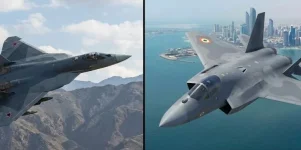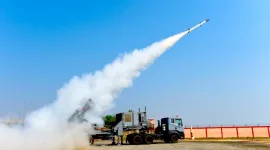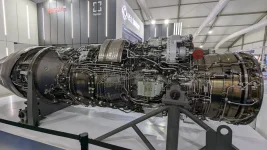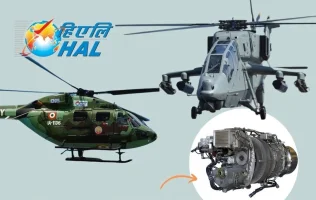- Views: 5K
- Replies: 34
In a major boost for India's self-reliance in the aerospace sector, Hindustan Aeronautics Limited (HAL) has secured a complete transfer of technology (ToT) for the Shakti 1H1 engines from Safran.
This landmark achievement empowers HAL to take full control of the manufacturing process for these crucial engines that power a variety of Indian helicopters, including the ALH MKIII (Dhruv), MK IV (Rudra – WSI), and LCH (Light Combat Helicopter).
The Shakti engine, a derivative of Safran's Ardiden 1H1, is specially designed for high-altitude operations, making it indispensable for India's challenging terrains.
With a projected demand for nearly 2000 engines in the coming two decades, HAL's decision to develop its own turboshaft engine, the HTSE-1200, stemmed from a strategic imperative to reduce reliance on external suppliers.
Safran, recognizing the potential impact of the HTSE-1200 on its business, opted to transfer the complete technology for the Shakti engines to HAL. This move guarantees a continued supply of these critical components for HAL's helicopter programs while also ensuring Safran's continued involvement in India's aerospace industry.
Although HAL has already manufactured 500 Shakti engines, certain components were previously produced under license from Safran.
With the complete ToT, HAL gains full autonomy over the entire manufacturing process, encompassing rotor dynamic analysis, casing design, static parts stress analysis, HMU (Hydromechanical Unit) system design, and electrical harness system. Safran will facilitate the technology transfer for their portion of the system, previously handled by them.
This complete ToT represents a significant milestone for HAL and the Indian aerospace sector, showcasing India's growing prowess in designing and manufacturing advanced aerospace components.




